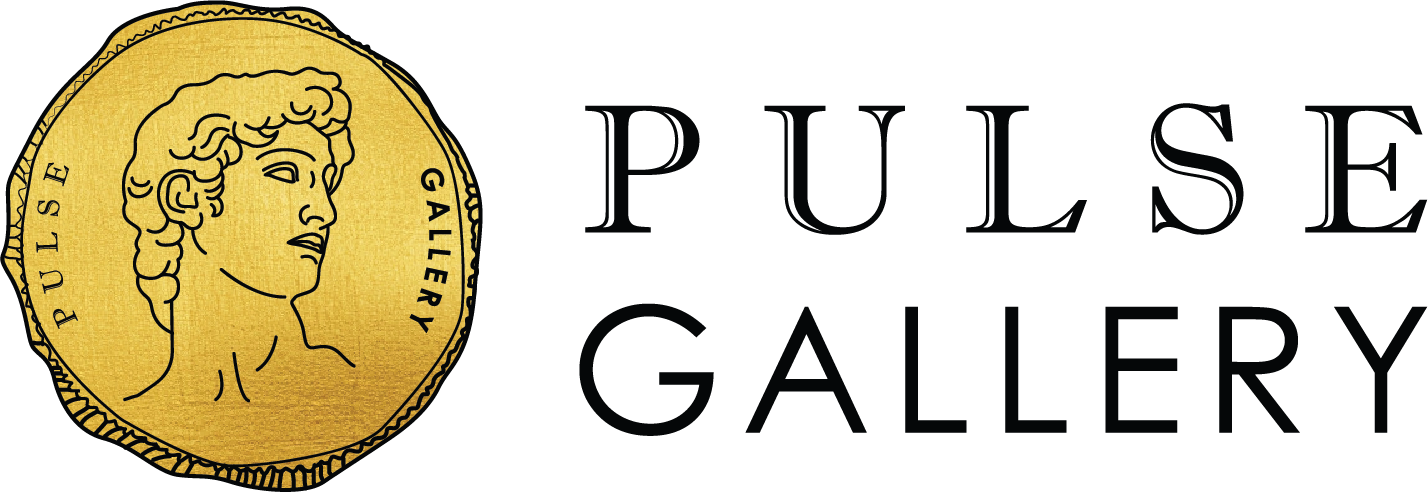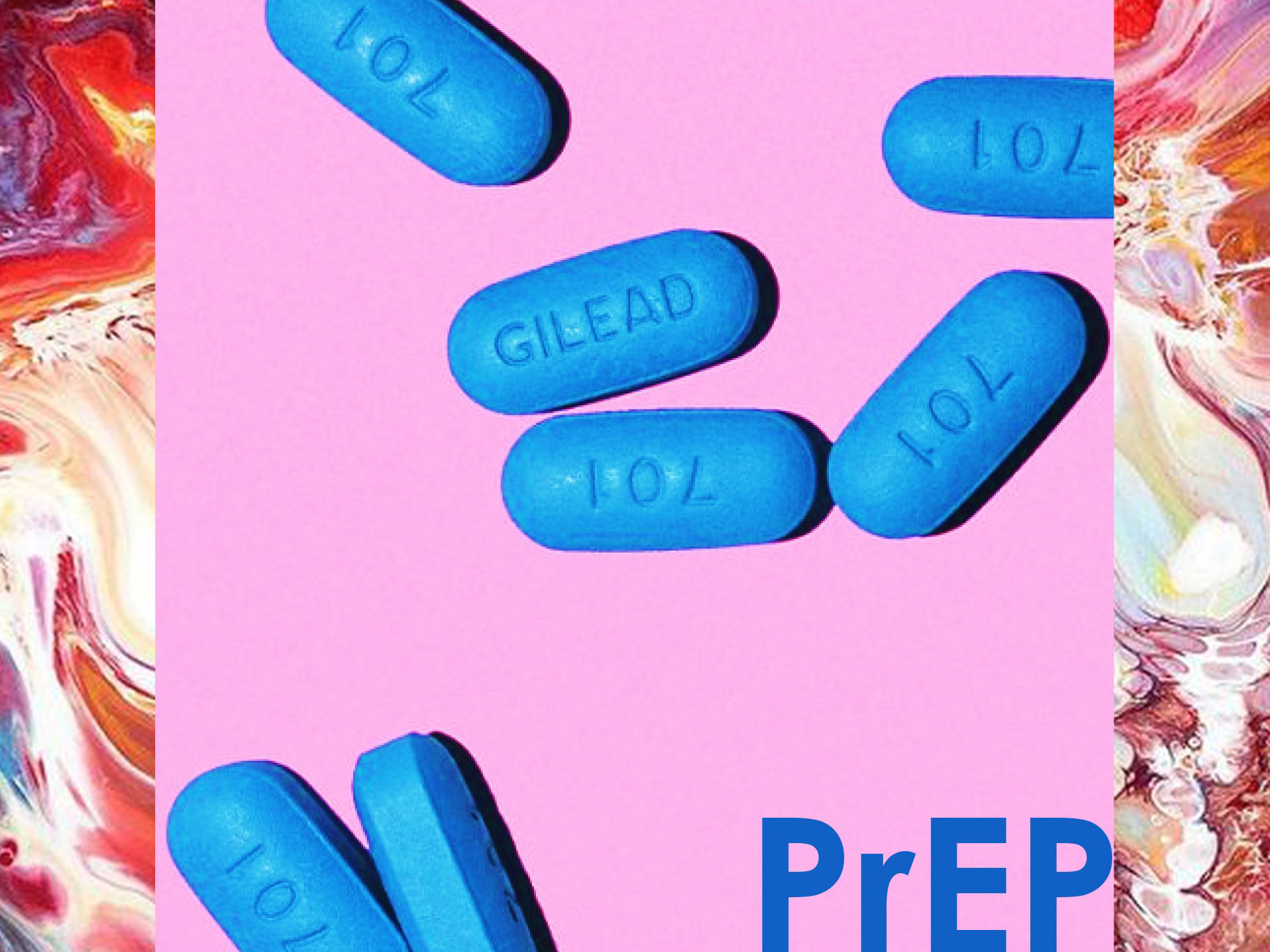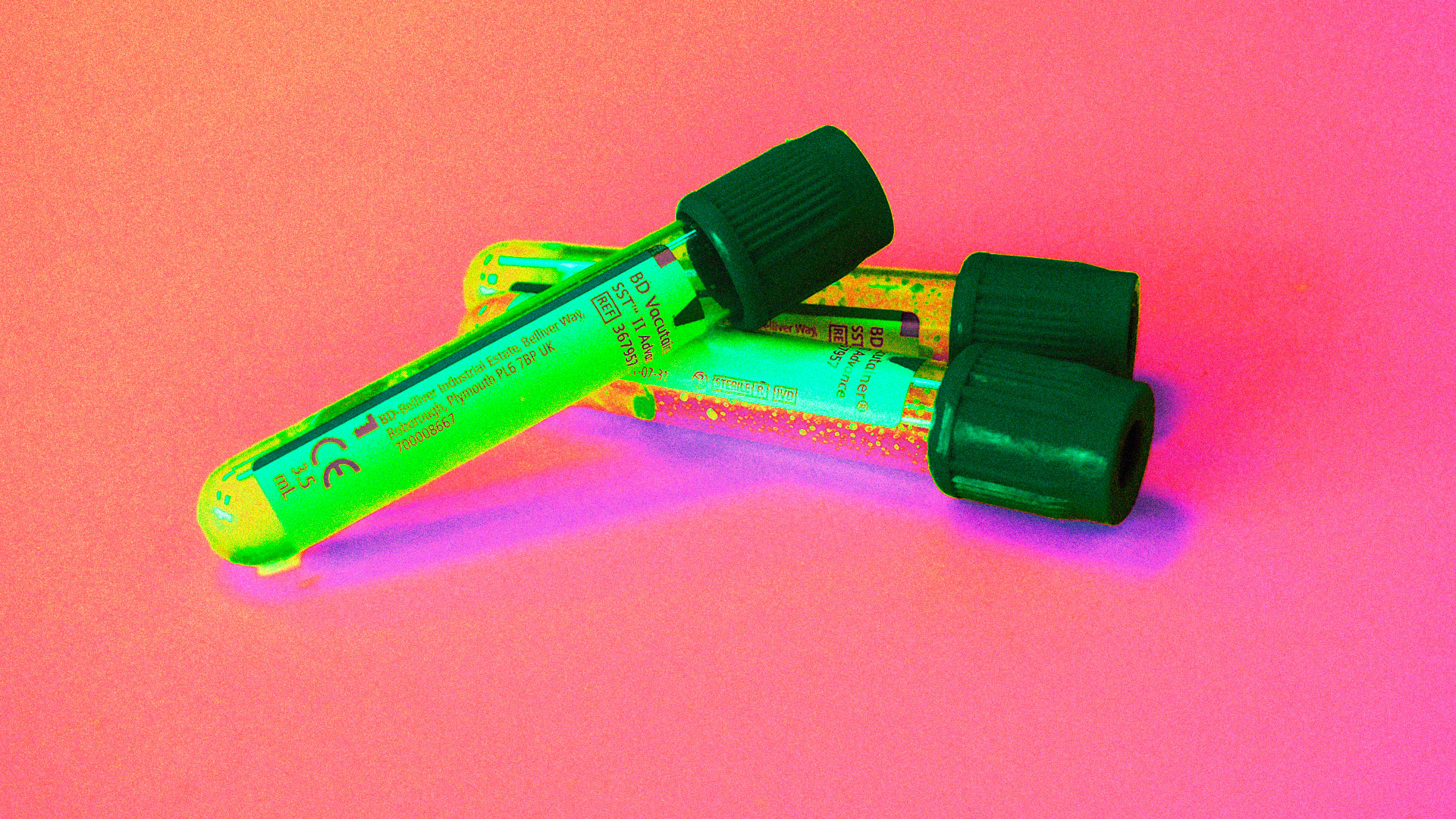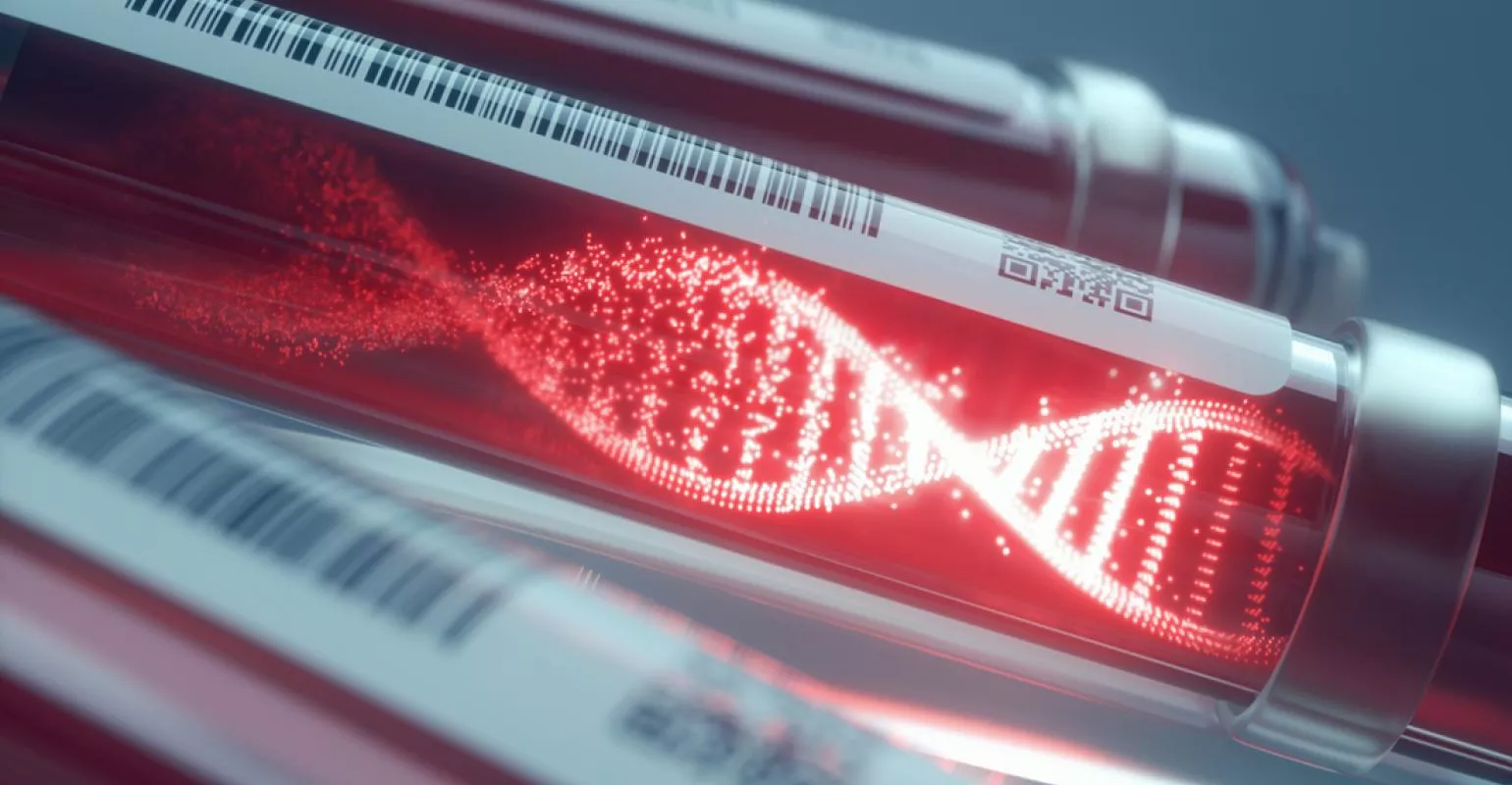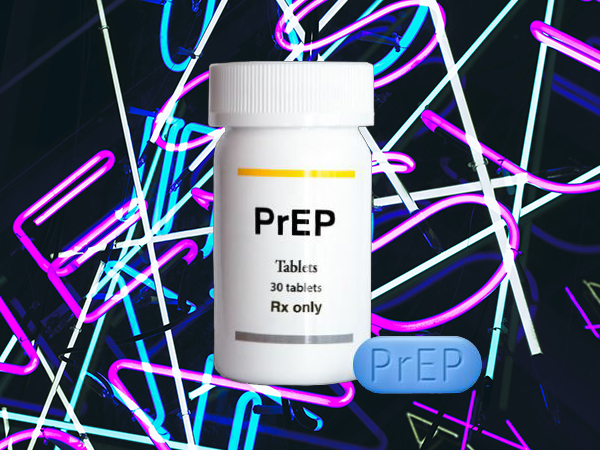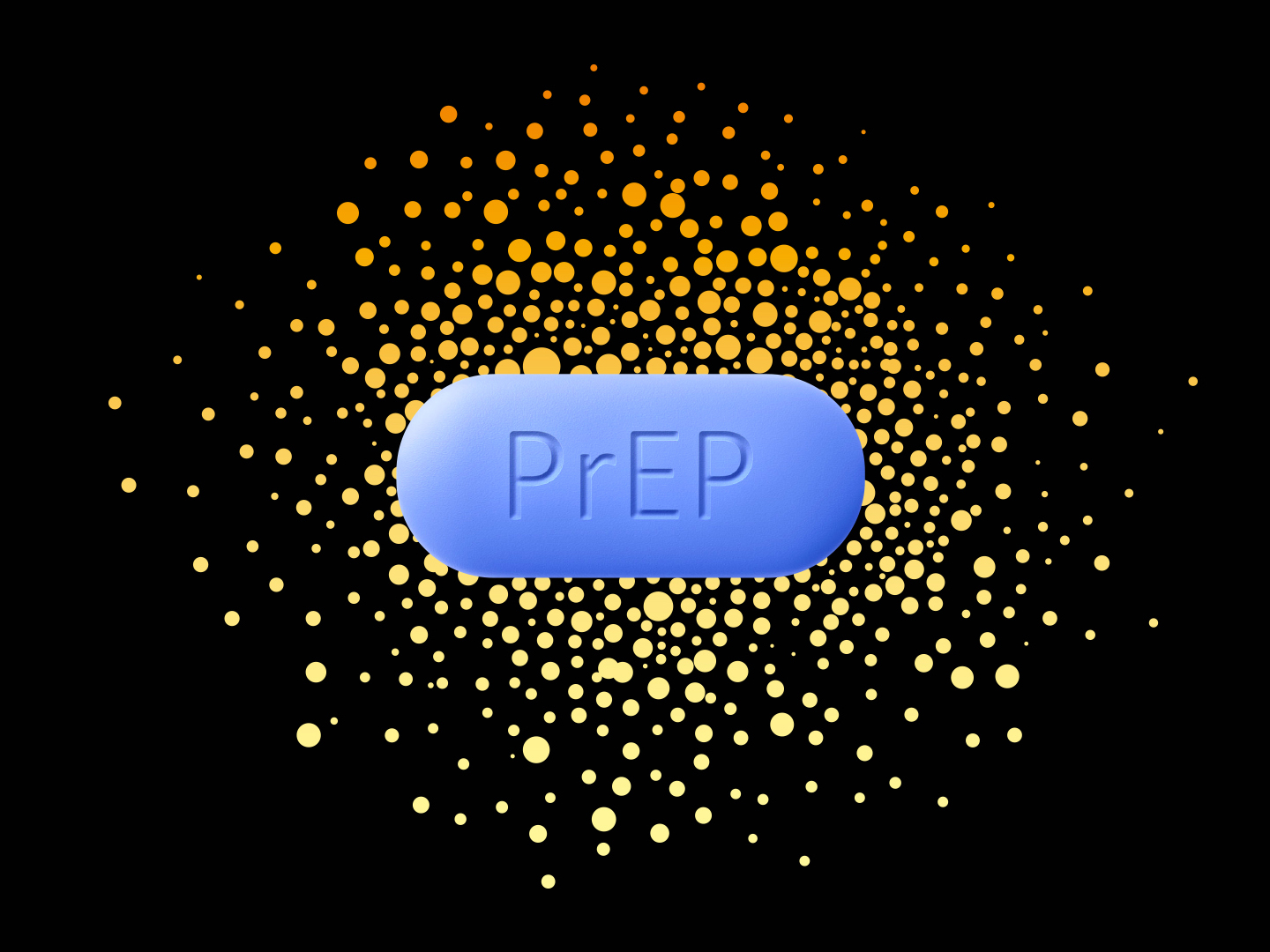PULSE GUIDE to HIV PREVENTION
19069
There are so many ways to prevent HIV. It's important that you know it all! Why not? Trust us, know better, do better.
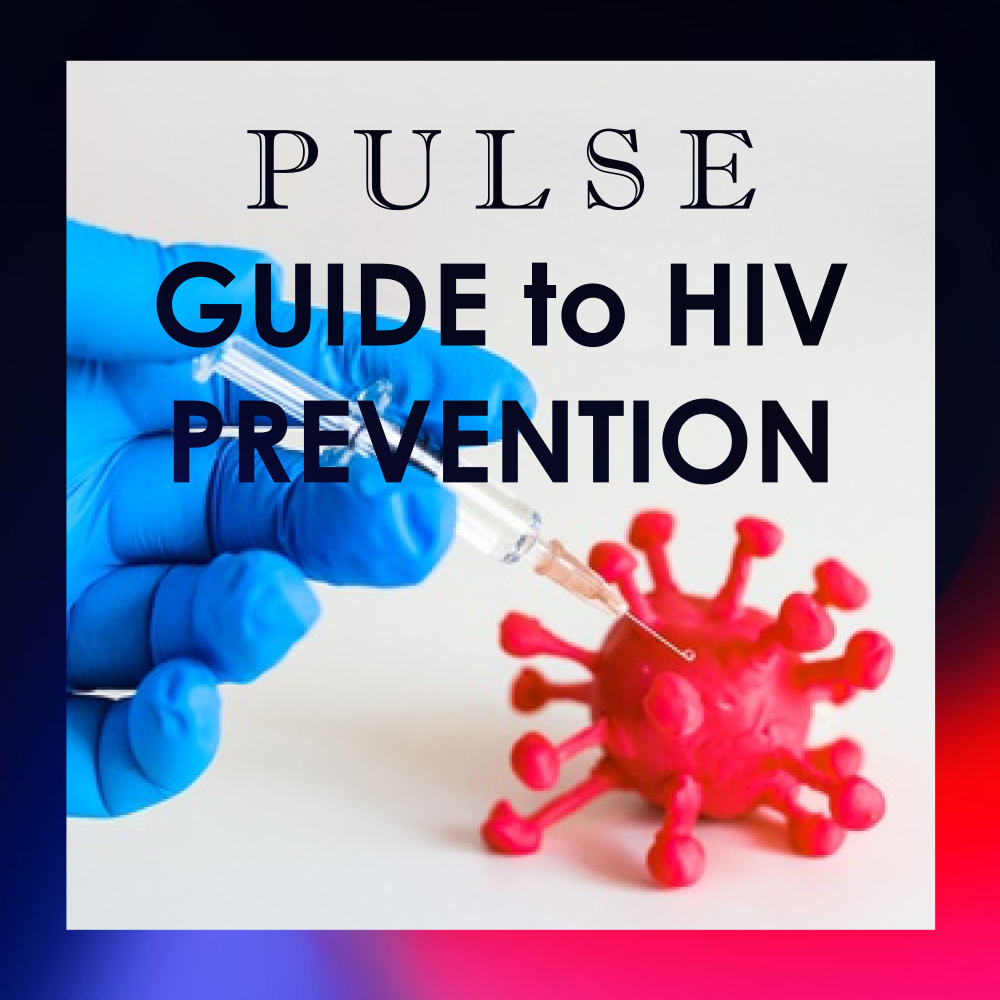
PULSE GUIDE to HIV PREVENTION
Traditionally, ‘safe’ or ‘protected sex’ has been equated with the use of condoms. But we are far from traditional. With the new prevention method such as PrEP, it is safe and it works very well to prevent HIV infection. Even though condoms are cheap (actually it is free at our clinics and we have every sizes available for you), most accessible, safe and practical way to prevent sexual transmission of HIV and some other sexually transmitted infections (STIs), not everyone (including straight people, gay men and sex workers) are using it (and we can not put it on your dick for you!!!!) with other prevention strategies such as PrEP which in Thailand is as cheap as condoms (if not cheaper when used daily) and PrEP is available offline and online. We also have emergency PEP for people who need it after the thing happened.
The US Centre for Disease Control has changed the definition of the term ‘protected sex’ to refer to more than sex with condoms. For example, people with HIV who take treatments and have an undetectable viral load are effectively utilising a form of protection (‘treatment as prevention’), as are people who are HIV-negative taking antiretroviral drugs as pre-exposure prophylaxis (PrEP), that's why we told you safe sex can mean more than "condom" alone, there are other many ways to keep ourselves and our community safe. While knowing that PrEP, PEP, TasP are good strategies to prevent HIV, we still encourage you to use condoms to keep you safe from other STIs because PrEP alone can not prevent other bacterial and viral STIs that why we use PrEP and condom together for highest protection.
And today CDC just updated their PrEP page to include the following sentence, "Studies have shown that PrEP reduces the risk of getting HIV from sex by about 99% when taken daily." Click to read more on CDC.
There're so many ways to prevent yourself from getting HIV, which one will you chose?
Trust PULSE CLINIC to take care of your health like other 45000 people from over 130 countries. We provide discreet professional service with high privacy. Here to help, not to judge.
1. The regular and correct use of CONDOMS & LUBE
Condoms provide an effective strategy to prevent HIV as they stop the passing of fluids from one partner to the other. Condoms are best used with water-based or silicon-based lubricants as they do not compromise the structure of the condom or eat away at the rubber or latex as oil-based lubricants will.
2. The correct use of PrEP FAQ
Pre-Exposure Prophylaxis (PrEP) is the regular use of HIV medications by HIV-negative people to prevent HIV infection.
It is a way for people who do not have HIV, that means you HAVE TO get tested before you start taking it.
You can not start taking it if you THINK you are HIV negative, you HAVE TO get tested!
The pill (brand name Truvada, many generic names available now at cheap price) contains two medicines (tenofovir and emtricitabine).
PrEP is highly effective for preventing HIV. Studies have shown that PrEP reduces the risk of getting HIV from sex by about 99% when taken daily.
Among people who inject drugs, PrEP reduces the risk of getting HIV by at least 74% when taken daily.
PrEP is much less effective if it is not taken consistently. So don't blame us if you don't take it wrongly! Or there are times when you didn't take PrEP and fuck bareback! We want you to use PrEP with condom and be aware that bareback sex can lead to STIs.People who use PrEP must commit to taking the drug every day and seeing their health care provider for follow-up every 3 months.
Taken as prescribed, PrEP is highly effective at stopping the transmission of HIV and allows people to be in control of their HIV status.PrEP has the significant impact to reduce new cases of HIV infection in San Francisco, London, Australia and Thailand.
It is an important new option in the suite of HIV prevention strategies and, alongside treatment as prevention, will support our world to meet its target of ending HIV transmission.
More details about getting PrEP at clinic
More details about PrEP online
3. Emergency PEP (Post-exposure prophylaxis)
Emergency PEP is a 4-week course of anti-HIV medication that is shown to be effective in preventing HIV infection if started within 72 hours of exposure.
The key to PEP is accessing it as soon as possible after you think you may been exposed to HIV. PEP is most effective within up to 24 hours of exposure and unlikely to work if not taken within 72 hours (three days) of the suspected exposure to HIV.
If you believe you have been exposed to HIV, or have exposed someone to HIV, come to our clinic ASAP to get PEP. Read more here about Emergency PEP.
4. Treatment as Prevention (TasP)
is the use of antiretroviral medication to prevent the transmission of HIV to sexual partners.
HIV treatments ensures that an HIV positive person’s immune system is healthy and reduces the risk of disease advancement associated with HIV. These treatments suppress the levels of HIV (viral load) in a person’s blood and other bodily fluids to ‘undetectable’ levels.
In recent years, a number of trials (HPTN052, PARTNER, and the Australian study Opposites Attract) have confirmed that TasP is effective at preventing HIV transmission. In these studies there was no cases of HIV transmission among heterosexual and gay couples where one partner was HIV-positive and the other negative (serodiscordant), where the HIV-positive partner’s viral load was undetectable. This means that there is ZERO risk of HIV transmission from someone on HIV treatment with an undetectable viral load.
It is critical that access to treatment is equitable and affordable for all people with HIV and that immediate access to treatment is available for people diagnosed with HIV.
5. Low/No Risk Sexual Practices
There are a number of sexual practices that present no or low risk for HIV transmission that you and a partners can enjoy. These include the following:
- NO RISK
Massage: Massage and rubbing bodies against each other presents no risk of passing on HIV.
Rimming: You cannot acquire or pass on HIV by rimming (licking or eating out someone’s arse). However, hepatitis A and gut infections such as shigella are easily passed on this way.
Kissing: Saliva does not transmit HIV meaning kissing is completely safe.
Watersports: The terms ‘watersports’ and ‘piss-play’ refer to sexual acts involving urine. HIV is not present in urine so watersports carry no risk of HIV transmission.
- LOW RISK
Oral sex: Oral sex carries a very small risk for HIV transmission. For more detailed information, check out our Oral Sex page.
Fingering: Playing with someone’s arse or vagina with your fingers is a low risk activity for passing on HIV. However, trimmed fingernails and thorough hand washing is a good idea to help prevent damage to the wall of the anus or vagina and to lessen the risk of passing or acquiring a sexually transmitted infection (STI).
Fisting: Fisting means inserting your fist in someone’s arse or vagina. Fists can create serious cuts in the lining of the arse or vagina, which can allow HIV to be passed on if the person being fisted is then fucked without a condom. The person doing the fisting could also get HIV if they have any cuts or scratches. Latex gloves are important for protecting both participants. Surgical gloves are best.
Sex Toys: HIV can be transmitted from person-to-person via sex toys such as dildos, vibrators and butt-plugs, if they are being shared. When PrEP or treatment as prevention are not being used, putting a condom on toys and changing the condom before using it on a different person will prevent HIV being passed on. Alternatively, you can wash sex toys thoroughly with soap and hot water after each person. Sex toys that are shared but not covered with a condom or cleaned between uses can also transmit other STIs.
Douching: Douching is a way of cleaning your arse or vagina before being fucked and is done by inserting a tube or douching bulb into your arse and flushing it with water. Douching can increase the risk of HIV infection because it removes the mucous lining leaving you vulnerable if having sex without a condom, when PrEP or treatment as prevention are not being used. Also, using a douche with a nozzle can cause tiny cuts.
BD/SM: The letters BD/SM stand for bondage and discipline, and sadism and masochism, which refer to practices involving dominance, submission, discipline, punishment, bondage, sexual role-playing, sexual fetishism, sadomasochism, and power exchange, as well as the full spectrum of mainstream personal and sexual interactions. Fantasy and role-play are where people act out particular fantasies or role-play characters during sex. Not all role-playing actually involves sex, although some of it does. These activities are generally no riskier for HIV or STI transmission than any other kinds of sex and the same guidelines around safe sex apply. For people who may be into ‘blood-sports’ extra precautions should be paid to ensure HIV and other blood-borne viruses such as hepatitis C are not transmitted.
Piercings: Many people find body and genital piercings a turn-on. There are a few things about piercings to be aware of:
• Genital piercings such as a Prince Albert (a ring through the bottom of the head of the penis) can cause tears and abrasions in the anus or vagina during fucking
• Be careful that piercings on the cock don’t tear the condom
• New piercings do occasionally get infected: if this happens to your genital piercing, avoid sex until it has healed as the infection can increase chances of passing on or getting HIV
• Like tattooing, getting a piercing involves penetrating the skin with a needle and so could pass on HIV or other STIs if the needle is not adequately sterilised between piercings.
6. Oral Sex and HIV Transmission
Oral sex is considered a very low risk practice in regard to HIV transmission. In the case of oral sex with a HIV positive partner, the risk of transmission is lowered even further if the HIV-positive partner is on treatment and has a low viral load, and/or the HIV-negative partner is using pre-exposure prophylaxis (PrEP).
The risk can increase if there is cumming in the mouth, and if there are cuts or ulcers in the mouth, or the presence on another STI. Even in these instances it is still regarded as low risk. Caution should be taken with this in mind, particularly directly after dental surgery or immediately after flossing.
7. Strategic Positioning
Strategic positioning involves two men not using condoms, PrEP or treatment as prevention (one HIV negative and the other being HIV positive) sexually positioning themselves to reduce the risk of passing on HIV. This usually involves the HIV negative partner taking on the insertive position (the top) because a penetrative partner is less likely to acquire HIV than a person who is taking the receptive position (the bottom). Although this reduces the risk, HIV can still be transmitted through rectal fluids.
8. Serosorting
Serosorting involves sex between people who choose sexual partners who share the same HIV status as them. An example of serosorting practice would be an HIV positive person choosing to engage sexually with another HIV positive person, and the same applies to a HIV negative person engaging sexually with a HIV negative partner. Serosorting is thought to reduce the risk of acquiring or transmitting HIV as partners share the same HIV status (negative or positive).
The key to serosorting is actually knowing both your HIV status and your partners’ HIV status. HIV infections can still occurs using serosorting when people think they are both HIV negative but one person isn’t. Serosorting also offers no protection from other STIs.
9. Pulling Out
Although not a particularly successful method of HIV prevention, pulling out has been used to reduce HIV transmission in situations where condoms are not used. Pulling out involves removing the penis before ejaculating during anal or vaginal sex to reduce the risk of transmitting HIV. HIV can still be transmitted through pre-cum (pre-seminal fluid), and rectal and vaginal fluids. Using pulling out also runs the risk of not pulling out in time before ejaculation or getting caught up in the moment and not pulling out at all.
10. Relationship Agreements
A relationship agreement (or safety agreement) is an agreement between you and your partner to protect against HIV. Some people in relationships decide not to use condoms with each other. This type of agreement is not for everyone but it can work well. It can be safe but only if you are sure you are both still HIV negative. The most common form of agreement is whether you are allowed to have sex with other partners outside the relationship, and if you are what kind of sex you are allowed to have.
11. Harm reduction intervention: Safe Drug Use
Sharing drug-injecting equipment puts you at risk of HIV, viral hepatitis. The guidelines below offer advice on injecting safely and minimise the risk of acquiring HIV and other blood borne viruses.
Needles and syringes (fits): New injecting equipment should be used for every injection. These can be obtained from needle exchanges.
Filters: Filters should be disposed of and not re-used.
Spoons: Spoons can be disinfected using a clean swab. Swabs are available from needle exchanges or chemists.
Mixing water: Sterile water, available from chemists and some needle exchanges, should be used to mix drugs. Recently boiled water, non-carbonated mineral water or the sterile saline solution used for contact lenses can also be used. If the mixing water is used for multiple mixes, make sure that only sterile syringes draw the water from the water container or glass. Never draw water using a used syringe.
Tourniquets: Tourniquets that have been used by someone else can have tiny, microscopic drops of blood left on them. Therefore it is best to use a new, clean one for every hit. Disposable tourniquets are available from needle and syringe exchange programs and chemists.
It’s important to remember that using recreational drugs can lower your inhibitions and make it more likely you will take risks with sex that you otherwise would not.
I have my prescription and I want to order now, TAKE ME THERE !

